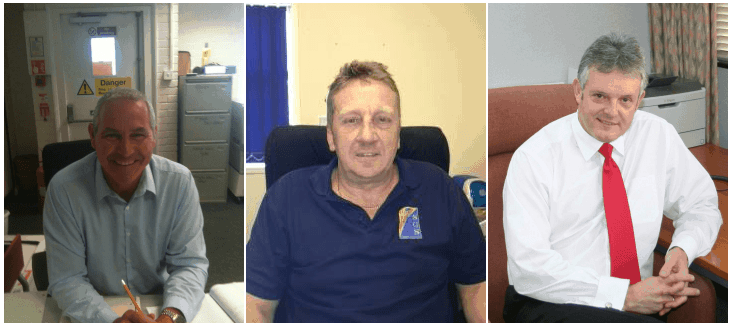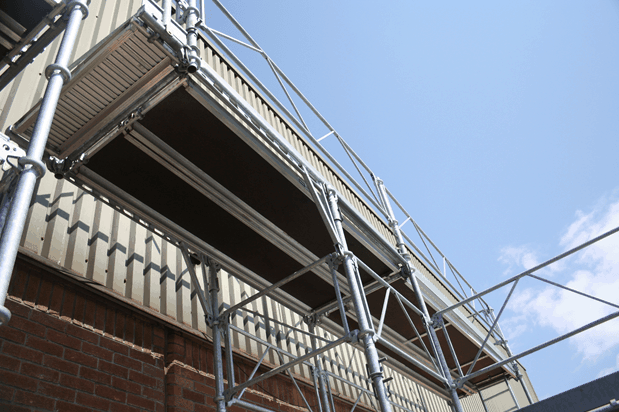
At the NASC AGM (November 2012), the NASC appointed three new regional chairmen – Stewart Savage of Rotor Scaffolding Services Ltd became Chairman for the London and South East region, Steve Gainey of SGS Ltd was appointed to chair the Northern region and Ian Wilson of Turner Access Ltd took over the Chairmanship for the Scotland and Northern Ireland region.
The appointments are responsible for heading-up two annual NASC regional meetings, attending National Council meetings and the organisation’s AGM. Each regional chairman is selected to best represent the scaffolding members of their region – bringing regional scaffold and access issues to light within the NASC and representing the opinions of the members of their given region – influencing NASC policy and guidance. And the chairmen also work on presenting important NASC committee reports from ASITO (the industry training organisation), Health & Safety, Technical, Hire & Sales, Contractual and Audit committees to the council and their regions.
NASC’s Managing Director, Robin James said: “The regional chairmen play a vital role in communicating information about scaffolding from our 200+ members across the UK. It’s imperative to the success of the NASC and the implementation of our strictly audited guidelines that members in all regions are working to the same high standards, and the regional chairmen are important in facilitating this standard setting in the scaffolding industry. The primary role of these chairmen is to promote the high standards that NASC members have to achieve and maintain in order to keep their membership valid. We wish Ian, Steve and Stewart all the best in their roles for the NASC and look forward to working with them.”
Ian Wilson, NASC Chairman for Scotland and Northern Ireland said: “I am delighted to represent the Scottish and Northern Ireland members of the NASC on the National Council and hope that these members, through me, will be active within the confederation as we try continually to raise the standards and make scaffolding one of the safest and most professional occupations within any industry.”
Steve Gainey, Chairman for the NASC Northern region added: “It is a real privilege to be Northern Chairman of the NASC. I have been involved in the Industry for 40 years and am passionate about scaffolding and the NASC’s work continuously improving our systems of erecting scaffold structures, in the end product being safer, fitter for purpose, and having the knowledge that we are carrying out a truly professional service. Being a regional Chairman allows me to give the industry something back by assisting existing members and new member applications. The NASC has been of paramount importance over the last 13 years in promoting and supporting the changes and challenges in the scaffolding Industry and I am very happy to be a closer part of that.”
Stewart Savage, NASC London and South East Regional Chairman said: “I am honoured to take over the role of Regional Chairman of London and SE region and thank Mel Archer for all his previous efforts in the role. I am especially proud to represent smaller members – as the NASC’s Council is now made up mainly of representatives from smaller scaffolding companies, which is a big mind-set change from 20 years ago.
“The London regional meetings are always very lively and vigorous affairs, providing heated and heartfelt debate. As a region, we have unique issues and have a lot to offer the NASC as a whole. A visitor to London would think construction was doing fine by the number of tower cranes and amount of scaffolding, but with the continued very difficult trading terms… now more than ever ‘price is key.’
“I am looking forward to the release of the long-awaited TG20:13 during my period as Chairman. This revision to the 2008 guidance will be far more user-friendly, especially with the interactive e-guide. It means we will no longer have to waste time producing drawings for simple/standard structures and free up a lot of the designers’ time (already in short supply) and leave them to get on with the complex/complicated design structures where they are really needed.”



